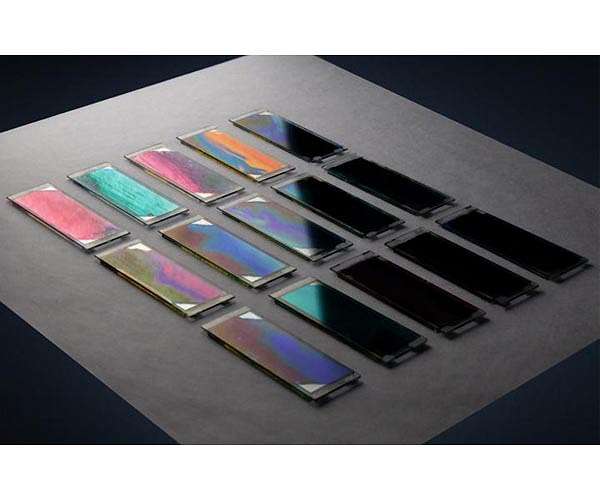Light flexible and radiation resistant organic solar cells for space
Radiation tests suggest that carbon-based organic solar cells could surpass traditional silicon and gallium arsenide cells in efficiency and durability for space applications, according to a University of Michigan study.
Previous research mainly investigated how radiation affected the energy conversion efficiency of organic solar cells. This new study delved into changes at the molecular level that worsen performance.
“Silicon semiconductors are not stable in space due to proton radiation from the sun,” explains Yongxi Li, first author of the study and former UM researcher in electrical and computer engineering. “We tested organic solar photovoltaics with protons because they are considered the most damaging particles in space for electronic materials.”
Although gallium arsenide is favored for its efficiency and resilience to proton damage, its weight, inflexibility, and high cost pose challenges. Organic solar cells, on the other hand, are lightweight, flexible and potentially more affordable. This study is part of ongoing efforts to assess the reliability of organic materials for critical space missions.
Organic solar cells constructed from small molecules showed strong resistance to proton radiation and showed no performance loss after simulated exposure equivalent to three years in space. In contrast, cells made with polymer-based materials lost half their efficiency over the same period.
“We found that protons split some of the side chains, leaving an electron trap that degrades solar cell performance,” said Stephen Forrest, Peter A. Franken Distinguished University Professor of Engineering at UM and lead author. These traps capture electrons generated by light, reducing the flow of electricity to the electrodes.
Forrest noted that heating the solar cells, a process known as thermal annealing, can repair the damage by repairing broken molecular bonds. “You can cure this by thermal annealing or by heating the solar cell. But we may be able to find ways to fill the traps with other atoms, eliminating this problem,” he added.
The study suggests that solar cells exposed to sunlight in space can repair themselves at temperatures around 100 degrees Celsius. However, questions remain about the effectiveness of this self-healing in a vacuum and its reliability for longer missions. The team is also investigating ways to design materials that prevent the formation of electron traps altogether.
Li, now a new associate professor of advanced materials and manufacturing at Nanjing University in China, plans to explore these possibilities further.
The research was funded by Universal Display Corp and the US Office of Naval Research. The devices were fabricated at the Lurie Nanofabrication Facility, tested with proton beams at the Michigan Ion Beam Laboratory and analyzed at the Michigan Center for Materials Characterization.
UM Innovation Partnerships is assisting the team with patent applications, with Universal Display licensing the technology and filing additional patents. Forrest has a financial interest in Universal Display Corp.
Research report:Radiation hardness of organic photovoltaic solar energy

